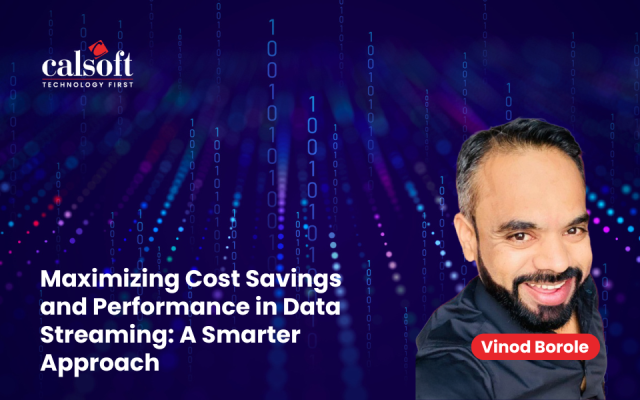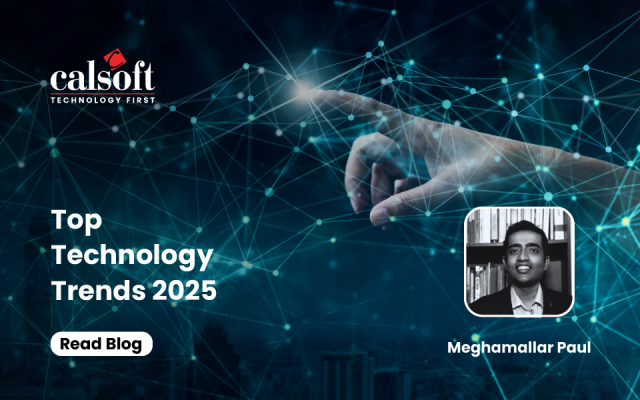The global edge computing market is expected to hit a size of over USD 15.7 billion by 2025, and in turn will result in unlocking new avenues of innovation in areas ranging from autonomous driving tech to smart home automation.
The pace at which the digital economy is growing has accelerated, especially since 2020 when the COVID 19 pandemic disrupted normalcy and forced innovation onto the main agenda. With nearly 59.5 % of the world population having access to the internet, it is evident that more services will move into an internet-driven digital avatar in the coming years. There’s little doubt that they will be just as successful as services in entertainment, education, finance, and shopping that successfully transitioned into digital without disruption. At the forefront of fueling the digital economy of tomorrow, will be cloud computing and the Internet of Things (IoT).
Cisco estimates that there will be 3 times more connected devices than the human population in the world by 2023. Driving a digital revolution that channels the huge onslaught of data from these connected entities would require an ecosystem of low-latency processing, automated decision-making, and smarter network traffic management. With 5G deployment already on the horizon in many countries, it is only a matter of time before a new wave of high-speed, internet-powered, real-time digital services take center stage in multiple domains.
The essence of edge computing is to create a computing ecosystem close to where the consumers of the processed information are located. The consumers may either be apps used by people or any smart device, ranging from smart home assistants to autonomous vehicles and factories, or both in parallel. On this note, businesses that want to tap into the vast ecosystem of opportunities that exist with building applications on the edge need to have a clear understanding of how to successfully leverage the benefits.
Let us explore a few ways in which enterprises can succeed with edge computing:
Achieve Seamless Centralized Management
Edge computing brings to the table a large collection of diverse infrastructure and application ecosystems that are dispersed across the boundaries of the edge. Some of the components of edge applications may reside on the cloud while some may reside in on-premises infrastructure. For smooth functioning, it is important to achieve efficient centralized management for the resources rather than have to implement separate management tools for every component. That’s likely to result in too many overheads, defeating the purpose.
Autonomous Connectivity Assurance
Different points or nodes in an edge network may face issues or faults over time and may require re-configurations or fault rectification. At times, it might just be disconnected as part of a routine switching-off exercise by the end-user. However, the failure of a node could lead to the failure of the larger business service delivered to consumers as it could be a local processing or storage point for data and information within an edge network. For businesses deploying edge networks, it is important to assure connectivity through alternate routing of data and traffic to another location. In other words, setting up a new location should be instantly possible with all necessary deployment characteristics easily made available in real-time.
Ease of Deployment by Partners
Without deep pockets and access to a vast pool of specialized IT skills, it may be difficult for most businesses to purchase and manage an end-to-end edge network fully controlled by them. To make the process easier, it is wise to have an edge architecture that is easy to deploy. This allows partners and vendors across different locations to set up endpoints with their hardware, software, and network infrastructure for a pre-defined usage fee. For edge services that do not require extensive management, this can be a very lucrative option and can reduce capital and operational costs significantly. Besides, partners and vendors can market their edge capabilities better in localities where they have a presence, and gain business traction for their service with better customer engagement.
Proactive Network Optimization
Businesses that want to leverage the edge network need pro-active network optimization using advanced analytics. By analyzing traffic trends across nodes, they should constantly determine a network path with the lowest latency and highest reliability for every consumer point in the edge. This will help ensure that every consumer enjoys a superior performance customized to their needs without wasting any computing resources.
Gartner predicts that by 2025, nearly 75% of all enterprise-generated data will be created and processed outside of a centralized enterprise data center or cloud infrastructure. This is a huge opportunity for businesses to offer innovative digital services by leveraging more localized edge networks closer to where the demand is. Get in touch with us to know more about actualizing your business’s digital ambitions with the power of innovations on the edge network.






